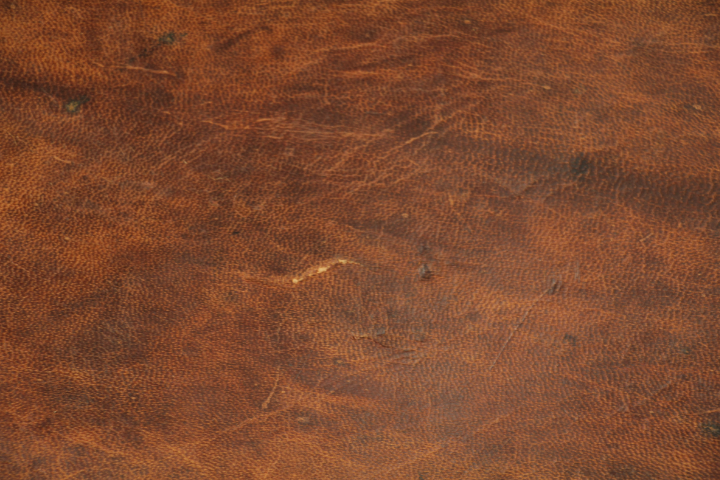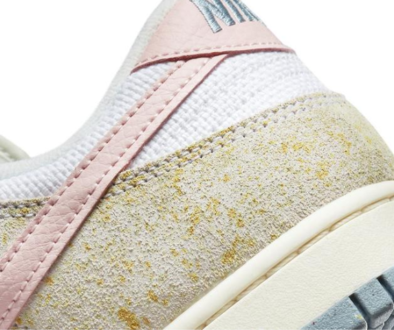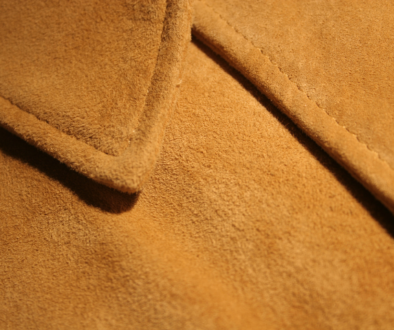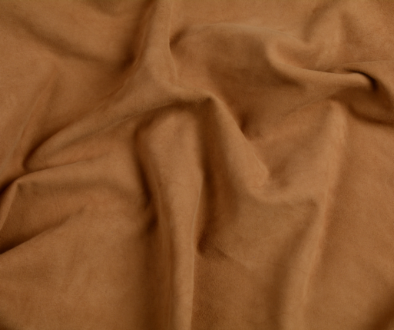ANTIQUED LEATHER PROBLEMS

What Is The Problem?
Sometimes, after a professional leather cleaning, antiqued or distressed leather garments lose their original design or aged affect. This can be in local areas of the garment or overall.
How Does It Look?
The change in the antiqued leather appearance can look like many different things. However, the complaint is usually that it just doesn’t look or feel the same. Distressing leather material and/or antiquing imparts as uneven, multi-tone, aged effect that the owner found attractive looking when purchased. When the colors altered in any way, like more light areas or new dark areas in the garment, it does not give the leather the same appearance. The texture may also undergo alteration slightly during the cleaning process.
What's The Cause Of Antique Leather Problems?
Aniline Leather, known as the highest quality leather. Aniline is the most natural, soft and gracefully supple of all leather types. Aniline actually refers to the dyes used in making the final product, once the hide becomes tanned.
This dyed leather is top grain leather that is colored with a clear finish to dramatize the skins natural grain markings and blemishes. Distressed leather is aniline dyed leather with an artificially worn and aged appearance, sometimes using surface dyes or pigments to enhance the irregularities of the skins. Antiqued leather uses different colors at random on top of one another, producing contrasting shades, as well as creating highlights and lowlights. This process makes the leather appear multi-toned and thus artificially aged. Many of these colors and finishes are non-colorfast and can soften and dissolve away during professional leather cleaning. When this happens, the original appearance and texture of the leather can become altered. This new look may or may not be objectionable, depending on who’s looking at it. These changes can occur after the first cleaning or it could be progressive with each cleaning.
Can This Be Prevented?
Proper curing during original manufacture of the dyes, pigments, and finished used for antiquing leather is the one and only method of prevention. Expect some slight change of appearance on these leathers after cleaning, but it shouldn’t be objectionable. The manufacturer must use compatible materials, as well as more durable methods of distressing in order to prevent any later adverse alteration of appearance.
Who Is Responsible For Antique Leather Problems?
Along with this, the leather cleaner has no way of predicting or preventing appearance changes of antique designs or distressed finishes during acceptable leather cleaning procedures. The manufacturer is responsible for using colors and finishes that are durable to accepted professional leather cleaning.
Is There A Remedy?
When a distressed or antiqued leather design undergoes alteration by cleaning, there is no practical method of restoring the exact original effect. Please contact Avon Cleaners today with any questions that you may have in regards to antiqued leather.
Also feel free to read our published blog posts today that talk about all things leather and suede!




